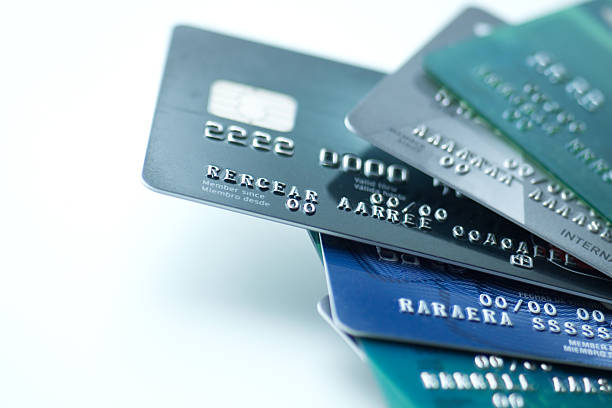 Navigating the vast landscape of credit card offers can feel like a daunting task, yet selecting the right one is a fundamental act of financial self-determination. The ideal card is not a one-size-fits-all product but a tailored tool that should align precisely with your spending habits, financial goals, and lifestyle. A thoughtful choice can build credit, unlock valuable rewards, and provide crucial security, while a poor fit can lead to unnecessary debt and wasted fees. The process begins with an honest audit of your own financial behavior and objectives.The primary consideration should be how you intend to use the card. For those who plan to carry a balance from month to month, a card with the lowest possible Annual Percentage Rate (APR) is paramount to minimize interest charges, making low-interest cards the most prudent choice. Conversely, for individuals who pay their statement in full each cycle, a rewards card offers the greatest benefit. Here, the key is to match the reward structure to your largest spending categories. A frequent traveler might benefit immensely from a card that offers miles and airport lounge access, while someone with a long daily commute may find a card with elevated cash back on gasoline and groceries more practical and lucrative.Beyond rewards and APR, other features demand careful scrutiny. Annual fees can quickly negate the value of rewards unless the cardholder fully utilizes the card’s perks. For those new to credit or rebuilding their history, a secured card, which requires a cash deposit as collateral, can be an invaluable tool for establishing a positive payment record. Foreign transaction fees are another critical factor for international travelers, as these can add a significant surcharge to every purchase abroad. Ultimately, the right credit card acts as a seamless extension of your financial life, working quietly in the background to enhance your purchasing power and protect your economic well-being through robust fraud protection, thereby fostering greater financial health and freedom.
Navigating the vast landscape of credit card offers can feel like a daunting task, yet selecting the right one is a fundamental act of financial self-determination. The ideal card is not a one-size-fits-all product but a tailored tool that should align precisely with your spending habits, financial goals, and lifestyle. A thoughtful choice can build credit, unlock valuable rewards, and provide crucial security, while a poor fit can lead to unnecessary debt and wasted fees. The process begins with an honest audit of your own financial behavior and objectives.The primary consideration should be how you intend to use the card. For those who plan to carry a balance from month to month, a card with the lowest possible Annual Percentage Rate (APR) is paramount to minimize interest charges, making low-interest cards the most prudent choice. Conversely, for individuals who pay their statement in full each cycle, a rewards card offers the greatest benefit. Here, the key is to match the reward structure to your largest spending categories. A frequent traveler might benefit immensely from a card that offers miles and airport lounge access, while someone with a long daily commute may find a card with elevated cash back on gasoline and groceries more practical and lucrative.Beyond rewards and APR, other features demand careful scrutiny. Annual fees can quickly negate the value of rewards unless the cardholder fully utilizes the card’s perks. For those new to credit or rebuilding their history, a secured card, which requires a cash deposit as collateral, can be an invaluable tool for establishing a positive payment record. Foreign transaction fees are another critical factor for international travelers, as these can add a significant surcharge to every purchase abroad. Ultimately, the right credit card acts as a seamless extension of your financial life, working quietly in the background to enhance your purchasing power and protect your economic well-being through robust fraud protection, thereby fostering greater financial health and freedom.
Yes. If the debt is within the statute of limitations for your state, a collector can file a lawsuit to obtain a court judgment against you. If they win, they may be able to garnish your wages or levy your bank account.
Set small, achievable milestones and celebrate them (e.g., paying off a specific credit card). Visual trackers can show your progress. Remember your "why"—the financial freedom and reduced stress you are working toward.
Money borrowed from family or friends often lacks formal terms, creating emotional strain and relational tension when repayment becomes difficult, adding psychological stress to financial overextension.
If they have a court judgment, they can use legal discovery processes. They may also use information from previous payments you made or from skip-tracing techniques.
A low credit score makes it difficult or impossible to qualify for new loans, mortgages, or credit cards. If you are approved, you will receive much higher interest rates, costing you tens of thousands of dollars over time.